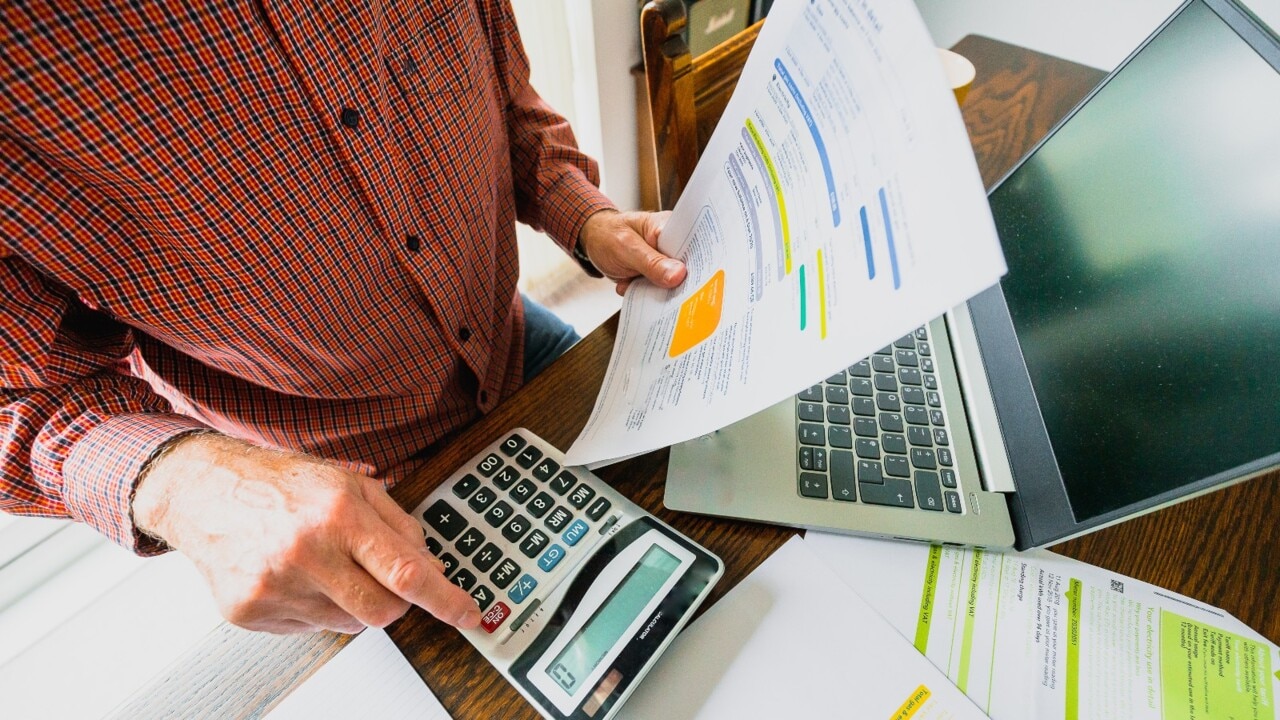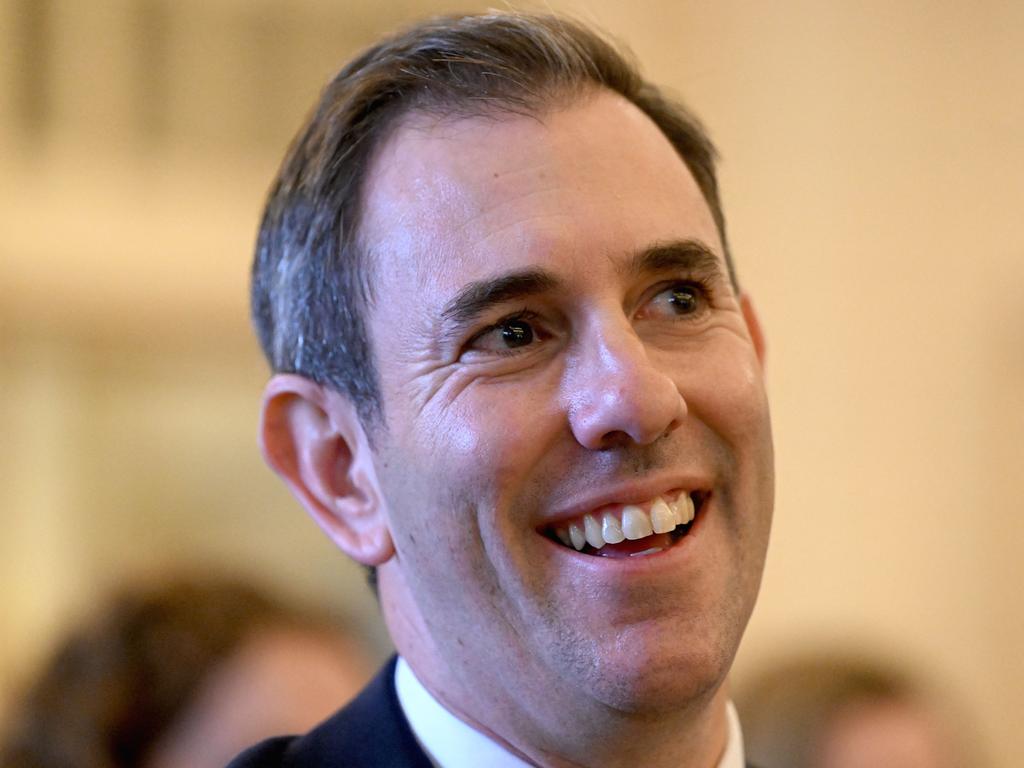Power price shock to hit Anthony Albanese
Anthony Albanese is facing soaring electricity prices in the opening months of his prime ministership after the national regulator approved rises of up to 18 per cent.
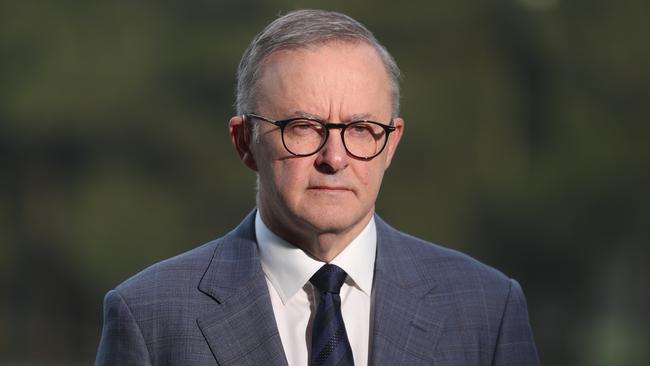
Anthony Albanese is facing soaring electricity prices in the opening months of his prime ministership after the national regulator approved rises of up to 18 per cent from July.
Incoming energy minister Chris Bowen blamed the “nine years of policy failure” from the former Coalition government after the Australian Energy Regulator announced increases of standing offers.
NSW customers will pay between $119 and $227 more on their power bills next financial year, southeast Queensland households an extra $165 for 2022-23 and South Australia $124 more than last year depending on usage.
The rates were set as part of the default market offer, which puts a price cap on what retailers can charge for customers who have not looked for a better deal and remain on standing offers.
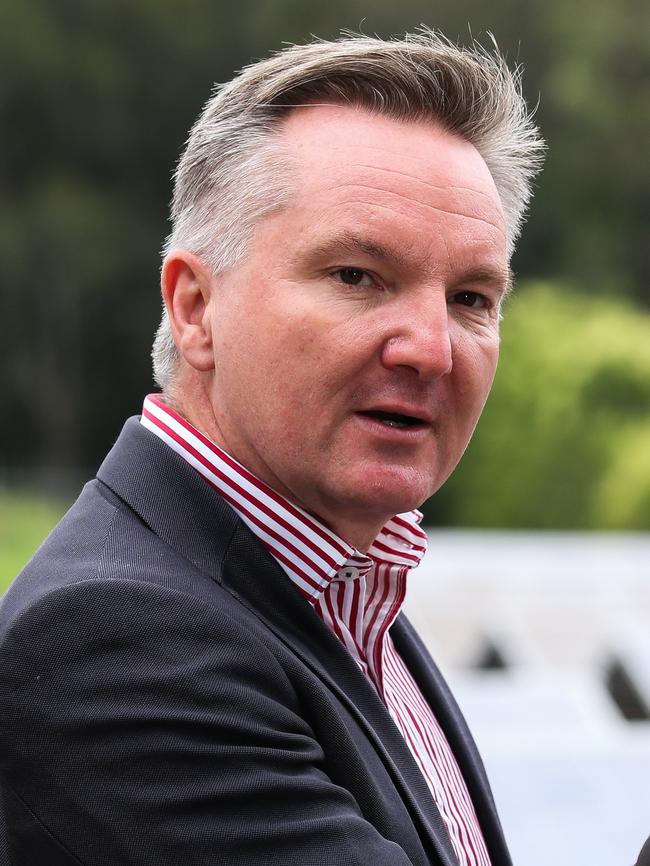
The higher prices have prompted the Australian Chamber of Commerce and Industry to call on the Coalition to provide bipartisan support to Labor’s energy policy.
The move comes just a week after thousands of households were slugged with a doubling of power prices as retailers passed on surging wholesale costs.
Mr Bowen said “nine years of denial and delay has a real price and that price is being paid by Australian households”.
He said the new government aimed to transform the energy grid to 82 per cent renewables by the end of the decade.
“The good news is that the Australian government will now have a policy to see power prices fall through investments in renewable energy, the cheapest form of energy. That’s the better news for the Australian people,” Mr Bowen said.
Wholesale electricity prices at least doubled in most states in the first quarter of 2022 and quadrupled in Queensland amid high demand and fuel prices, while Ukraine, Ukrainian conflict saw gas markets also hit a record, new AER data, released on Thursday, showed.
While default offers do not directly determine energy costs for most Australians, given only about 10 per cent of households are on standing offers, they set a benchmark and are seen as highly influential as big retailers set their own offers, starting July 1, in the next few weeks.
Mr Bowen conceded there were international factors behind the price rises, including the war in Ukraine.
“But the fact of the matter is the lack of energy policy, the lack of investment in new energy, the lack of investment in renewable energy and the lack of transmission over the last nine years means that Australians are paying more for electricity than they should be,” he said.
Mr Bowen accused former energy minister Angus Taylor of sitting on the AER’s report during the election campaign.
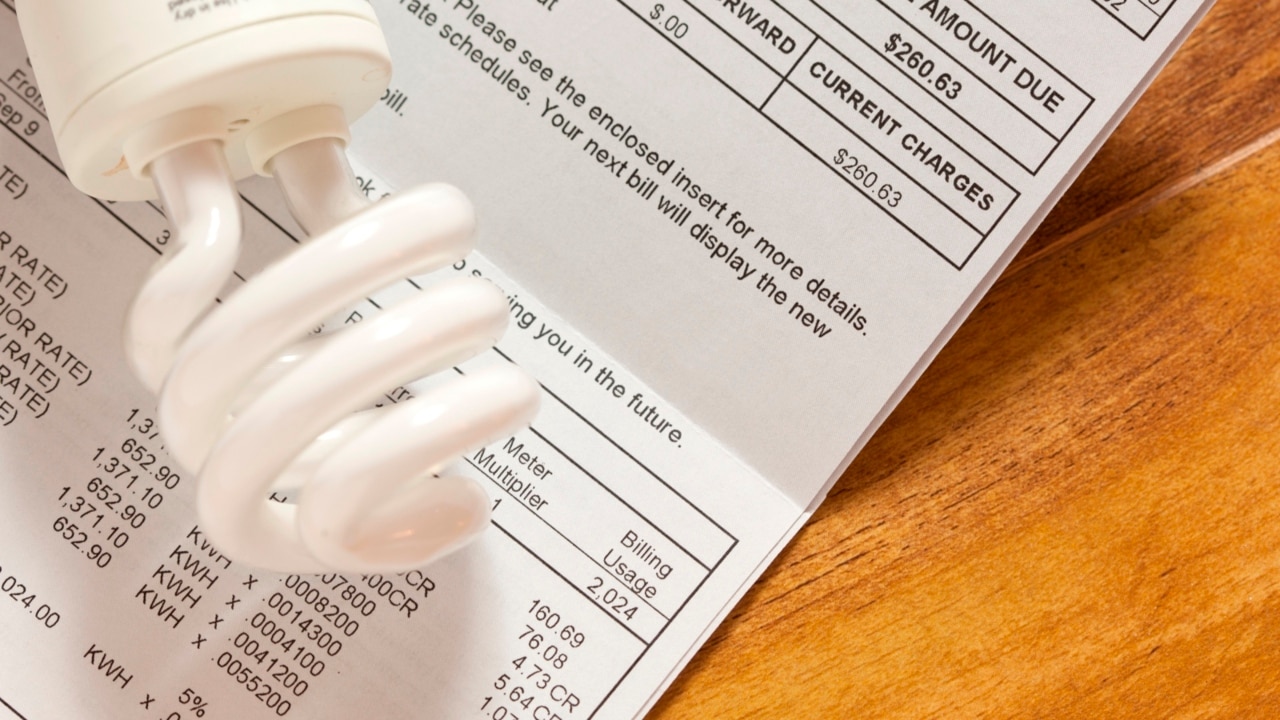
Small-business customers in NSW face a 10 per cent lift to 19.7 per cent, an annual bill jump of $690 to $1146, with southeast Queensland up 12.8 per cent or $705 and South Australia up 5.7 per cent or $459.
ACCI chief executive Andrew McKellar said “higher prices are hurting businesses and families alike”.
Mr McKellar urged the Coalition to endorse Labor’s Powering Australia plan, the climate policy taken to the election.
“The federal government has a strong mandate to implement its Powering Australia plan, stimulating greater investment in renewable capacity, modernising energy infrastructure and advancing the transition to a net-zero future,” he said.
“This was a key commitment by the new federal government, which must be implemented as soon as possible. The business community has been very clear … we must achieve consensus on energy and emissions reduction policy. The best way to promote the planning and innovation that will underlie an efficient energy transition is through legislated bipartisan support.”
Mr McKellar said the increasing energy costs would have a negative impact on all businesses.
“In particular, energy-intensive sectors, such as manufacturing, will be harshly affected by rising electricity and gas prices while petrol prices, which have jumped up again to over $2 a litre, are driving up freight and input costs,” he said.
“Surging energy prices will compound the existing inflationary pressures we’re seeing across the economy. With material and labour shortages at their most acute in almost 50 years, the increased cost of doing business is beginning to bite.”
The huge price jumps have stoked broader concerns that smaller Australian electricity operators could follow the fate of retailers in the UK, where nearly 30 energy companies have collapsed after failing to hedge against rising wholesale costs.
AER chair Clare Savage said it was watching the threat closely and built reasonable margins into its calculations.
“Setting the DMO is not about setting the lowest price,” she said.
“We are required to set a price that will allow retailers to recover their costs, earn a reasonable margin and support retailers to compete and offer better deals and products in a competitive retail environment.”
More Coverage
